International Blackcurrant Conference 2018: save the date
From 6th to 9th June 2018, Angers will welcome blackcurrant professionals from all over the world for the next International Blackcurrant Conference. The French call the Loire Valley the “Valley of kings” – or “the Garden of France”. The name already sounds promising: it must be the right place for the organization of the IBA Conference 2018!
Follow information and registrations for the conference on
www.blackcurrant-iba.com/event
the Location
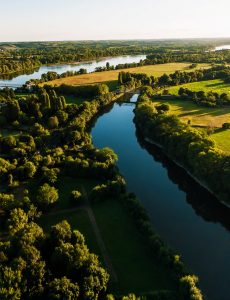
The Loire Valley region (Pays de la Loire) is situated in Western France. It is 300 km southwest of Paris and 90 km east of Nantes (the closest airports). Tourism flourishes here: UNESCO has recognized it as a World Heritage Site in 2000. In its capital Angers – (pronounce it ɑ̃.ʒe, with a typically French nasal “an”) – an impressive castle stands guard over opulent timber houses and Gothic grandeur.
 Interestingly, Angers is not only known for its history. It is also a centre for innovation and home to many prominent companies and their research teams. The surrounding countryside hosts the vineyards of the “Aubance”, the “Anjou” and “Saumur”. And along the banks of the giant Loire river, châteaux and abbeys pay homage to the history of the region.
Interestingly, Angers is not only known for its history. It is also a centre for innovation and home to many prominent companies and their research teams. The surrounding countryside hosts the vineyards of the “Aubance”, the “Anjou” and “Saumur”. And along the banks of the giant Loire river, châteaux and abbeys pay homage to the history of the region.
 From Orléans to Angers, the Kings of France frequented the Loire Valley in the Middle Ages. Impressive castles (“châteaux”) are all around. This whole region is the most important region of France for horticultural production. Horticulturalists, gardeners and nursery growers produce over 1000 different varieties of plants. Among apple, pear, peach, cherry and other fruit trees, we can also find berry fields. And among these: blackcurrants – of course!
From Orléans to Angers, the Kings of France frequented the Loire Valley in the Middle Ages. Impressive castles (“châteaux”) are all around. This whole region is the most important region of France for horticultural production. Horticulturalists, gardeners and nursery growers produce over 1000 different varieties of plants. Among apple, pear, peach, cherry and other fruit trees, we can also find berry fields. And among these: blackcurrants – of course!
The Organization
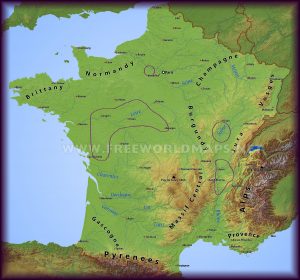 The French Black-and Redcurrant Association (ANCG) will organize the IBA Conference 2018. It had already been the host of the last French IBA conference in 2010 in Beaune (in Burgundy, Eastern France). As blackcurrants are grown in different regions of France (as you can see from the map beside), it will be interesting to have another view of French blackcurrant growing. The organizing team will not be the same. This time, the blackcurrant growers from the Loire Valley, together with the “IDfel Val de Loire” (an association of all economic players in fruit and vegetable growing in the region), are in the driver’s seat.
The French Black-and Redcurrant Association (ANCG) will organize the IBA Conference 2018. It had already been the host of the last French IBA conference in 2010 in Beaune (in Burgundy, Eastern France). As blackcurrants are grown in different regions of France (as you can see from the map beside), it will be interesting to have another view of French blackcurrant growing. The organizing team will not be the same. This time, the blackcurrant growers from the Loire Valley, together with the “IDfel Val de Loire” (an association of all economic players in fruit and vegetable growing in the region), are in the driver’s seat.
Save the date
The IBA Conference 2018 will take place from Wednesday 6th to Saturday 9th June.
On the very first day, there will be technical meetings in the framework of another (national) conference for “small fruits”. This conference is co-organized together with the CTIFL. CTIFL is a French experimentation and innovation center for professionals in fruit and vegetable growing. For attendees who also work with raspberries, strawberries or other berries, this day may be a wonderful occasion to take even more profit of the conference.
Or if you prefer, an exciting visit of the New Holland manufacturing unit in Coex will fill the day. The following three days will look like usual IBA conferences with the IBA Annual General Meeting. There will mainly be presentations from researchers in all kinds of fields: agronomy, health, marketing… Meetings, farm visits and visits of factories shall complete the programme. Finally, don’t miss the blackcurrant product contest – and maybe more…
No IBA conference in 2017?
As announced at the last IBA conference in Ashford, the International Blackcurrant Conferences will take place every second year only. Since 2008 and until 2015, four European countries had also organized smaller conferences. But due to high costs for those who participate, for those who organize, and for the IBA, we have decided to keep only bi-annual events on an international level. There will therefore be no conference in 2017.
But it will make the other conferences even more attractive: more to share, more to learn, and a wonderful time to be with “blackcurrant friends”.
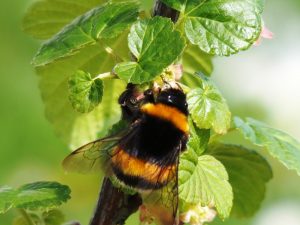
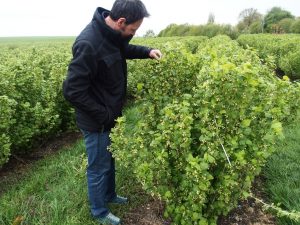
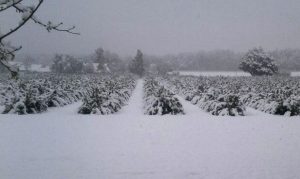 This picture has been taken by Daniel Pröbstle from Günzburg in Bavaria (Germany): a blooming blackcurrant field covered with snow! One can easily understand what this means for this year’s yield. Other German growers who were less affected still talk about at least 50% loss.
This picture has been taken by Daniel Pröbstle from Günzburg in Bavaria (Germany): a blooming blackcurrant field covered with snow! One can easily understand what this means for this year’s yield. Other German growers who were less affected still talk about at least 50% loss.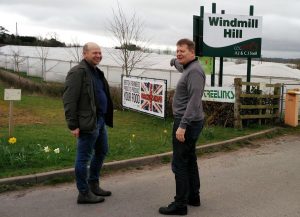
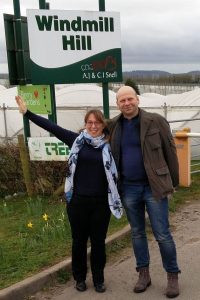

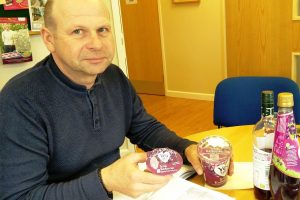
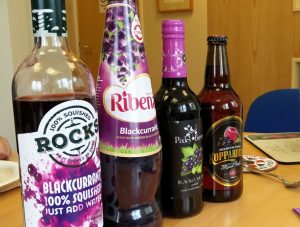

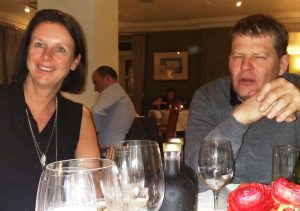
 Later on the day, Jo Hilditch, head of the British Blackcurrant Foundation, joined us in Hereford for a most delightful dinner. She is a blackcurrant grower in Herefordshire herself, and brought along her “British Cassis”. But not only this: we have had interesting discussions about Brexit, local specialities and many more…
Later on the day, Jo Hilditch, head of the British Blackcurrant Foundation, joined us in Hereford for a most delightful dinner. She is a blackcurrant grower in Herefordshire herself, and brought along her “British Cassis”. But not only this: we have had interesting discussions about Brexit, local specialities and many more…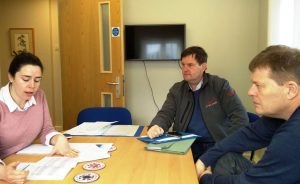
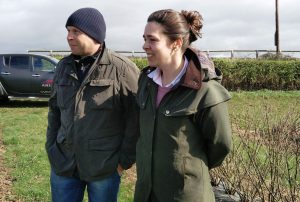
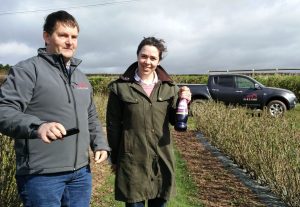
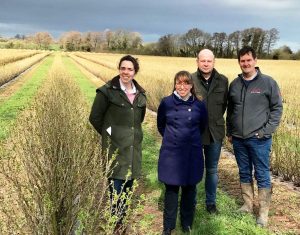
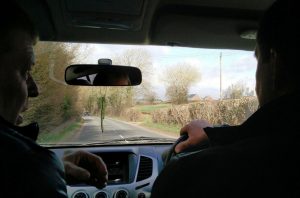
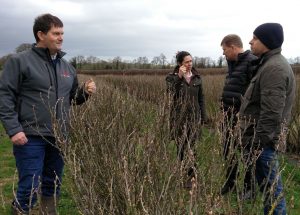
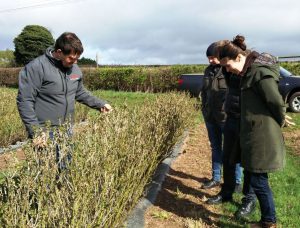
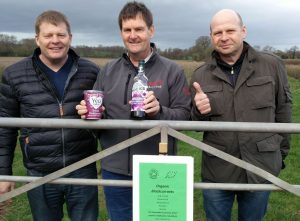
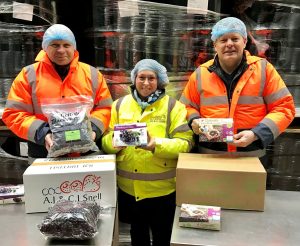
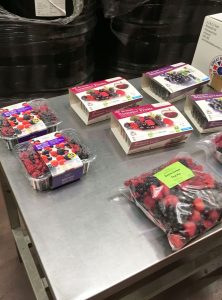
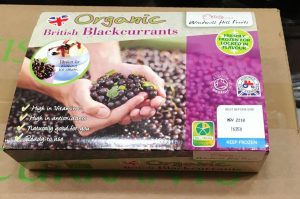
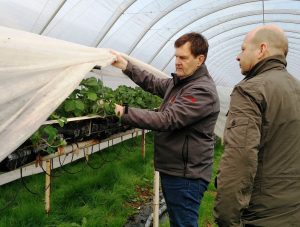
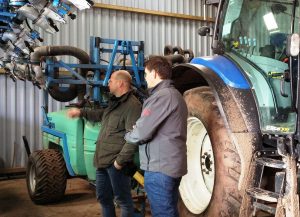
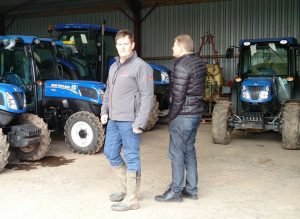
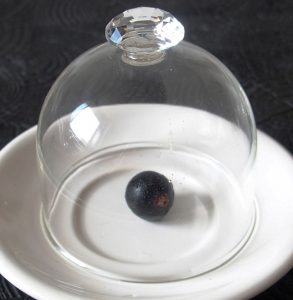 Everything has not yet been decided – but a few things are certain:
Everything has not yet been decided – but a few things are certain:
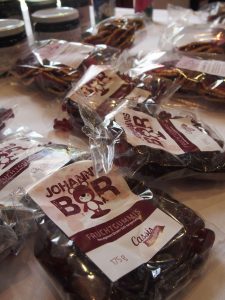
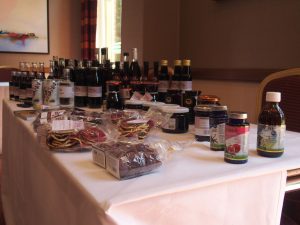
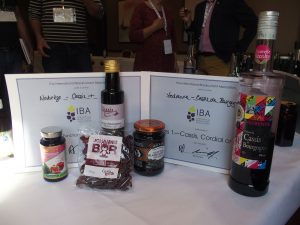
 1st Blackcurrant Smoothie Contest in Nuits-Saint-Georges (France)
1st Blackcurrant Smoothie Contest in Nuits-Saint-Georges (France)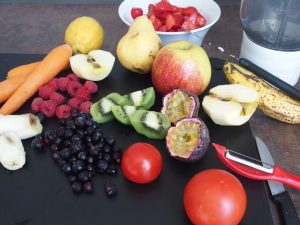 We have therefore decided to organize a smoothie contest. Because smoothies are healthy, in fashion everywhere, perfect for a hot summer day. And perfect also for sportspeople. Many of you know already that blackcurrants have wonderful effects on sportspeople’s performance. Blackcurrants reduce muscle fatigue, increase fat burning and improve recovery after exercise. These are already enough reasons to combine
We have therefore decided to organize a smoothie contest. Because smoothies are healthy, in fashion everywhere, perfect for a hot summer day. And perfect also for sportspeople. Many of you know already that blackcurrants have wonderful effects on sportspeople’s performance. Blackcurrants reduce muscle fatigue, increase fat burning and improve recovery after exercise. These are already enough reasons to combine 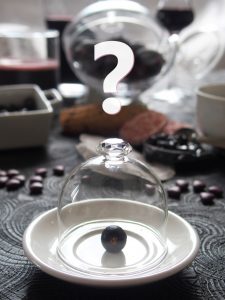
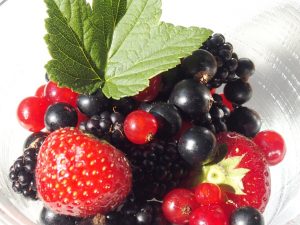 Another concern is: how can people cook with blackcurrants, if they cannot find them in the market? Where are dried blackcurrants? Or a fruit mix for the preparation of smoothies? Or simply: frozen blackcurrants – which are mostly unavailable in many countries…. W
Another concern is: how can people cook with blackcurrants, if they cannot find them in the market? Where are dried blackcurrants? Or a fruit mix for the preparation of smoothies? Or simply: frozen blackcurrants – which are mostly unavailable in many countries…. W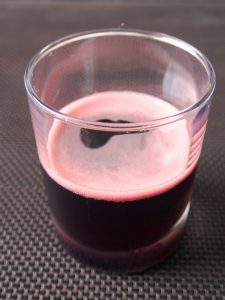 Yes, blackcurrants mainly go into the production of juices. And therefore, the biggest part of the yields ends up as blackcurrant concentrate. We are now launching a blackcurrant smoothie contest, but the smoothies have to be made with concentrate, because nothing much else is available. And even if people like our blackcurrant smoothies, how can they make it themselves – without blackcurrants? They will not find concentrates or purees, no frozen blackcurrants, and not even pure juice (without water and added sugar) – just a few blackcurrants during the 3 weeks of harvesting.
Yes, blackcurrants mainly go into the production of juices. And therefore, the biggest part of the yields ends up as blackcurrant concentrate. We are now launching a blackcurrant smoothie contest, but the smoothies have to be made with concentrate, because nothing much else is available. And even if people like our blackcurrant smoothies, how can they make it themselves – without blackcurrants? They will not find concentrates or purees, no frozen blackcurrants, and not even pure juice (without water and added sugar) – just a few blackcurrants during the 3 weeks of harvesting.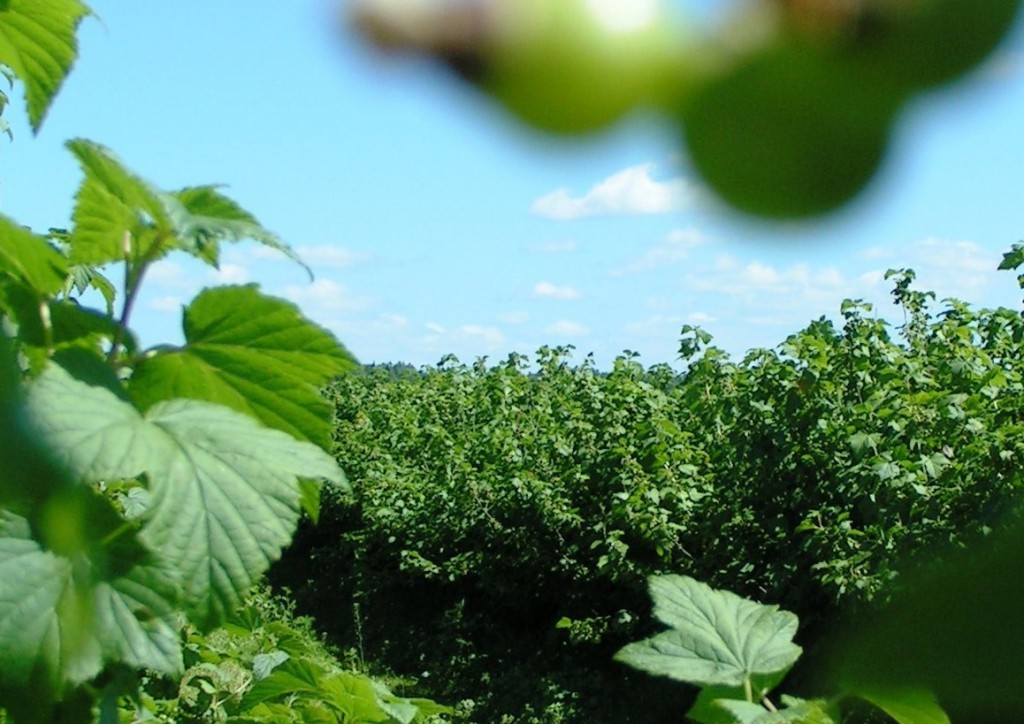 Of course, every blackcurrant grower wants to keep his or her plantation healthy. And sustainable growing is one of the major concerns of the blackcurrant industry in general. Considering these two facts, the International Blackcurrant Association has decided to act and work on blackcurrant plant protection information.
Of course, every blackcurrant grower wants to keep his or her plantation healthy. And sustainable growing is one of the major concerns of the blackcurrant industry in general. Considering these two facts, the International Blackcurrant Association has decided to act and work on blackcurrant plant protection information. The IBA keeps on scruiting the internet and the press for articles about blackcurrants. They may talk about health benefits, gastronomy, economy or growing methods – and many more. We gather them, save them, and make them available for the visitors of our website.
The IBA keeps on scruiting the internet and the press for articles about blackcurrants. They may talk about health benefits, gastronomy, economy or growing methods – and many more. We gather them, save them, and make them available for the visitors of our website.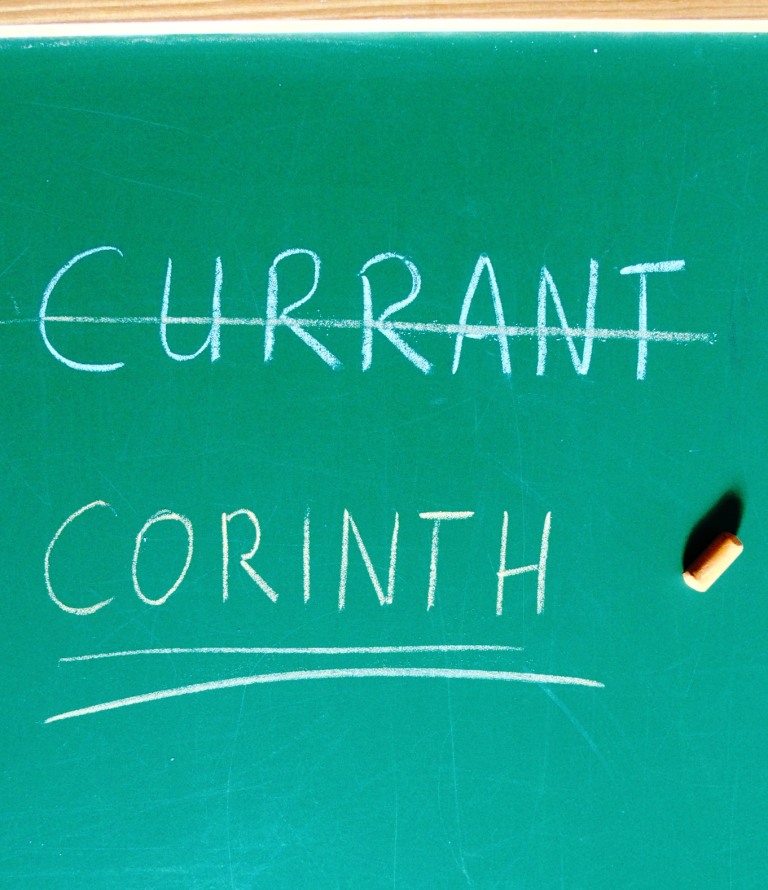 How surprised I was, when surfing the internet and coming over another blackcurrant festival which I had never heard about – wow! In a place with a strange spelling, making me think of Russia at the first sight, because Russia grows black currants on a huge scale.
How surprised I was, when surfing the internet and coming over another blackcurrant festival which I had never heard about – wow! In a place with a strange spelling, making me think of Russia at the first sight, because Russia grows black currants on a huge scale.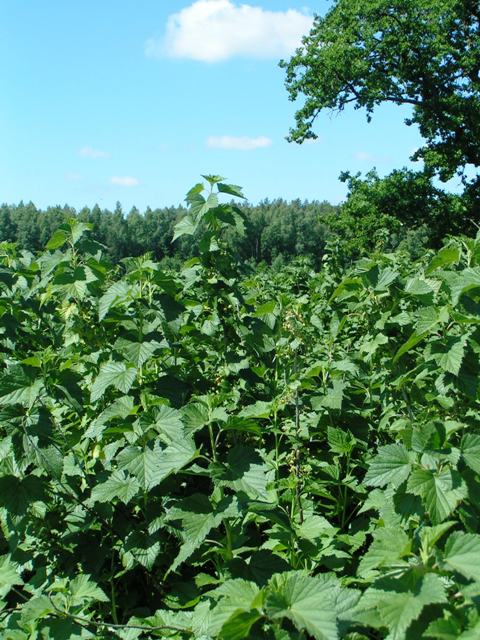 The blackcurrant growers of the Northern hemisphere have completed the blackcurrant harvest 2016 in July and August. Unfortunately, we have nothing very joyful to report from any country:
The blackcurrant growers of the Northern hemisphere have completed the blackcurrant harvest 2016 in July and August. Unfortunately, we have nothing very joyful to report from any country: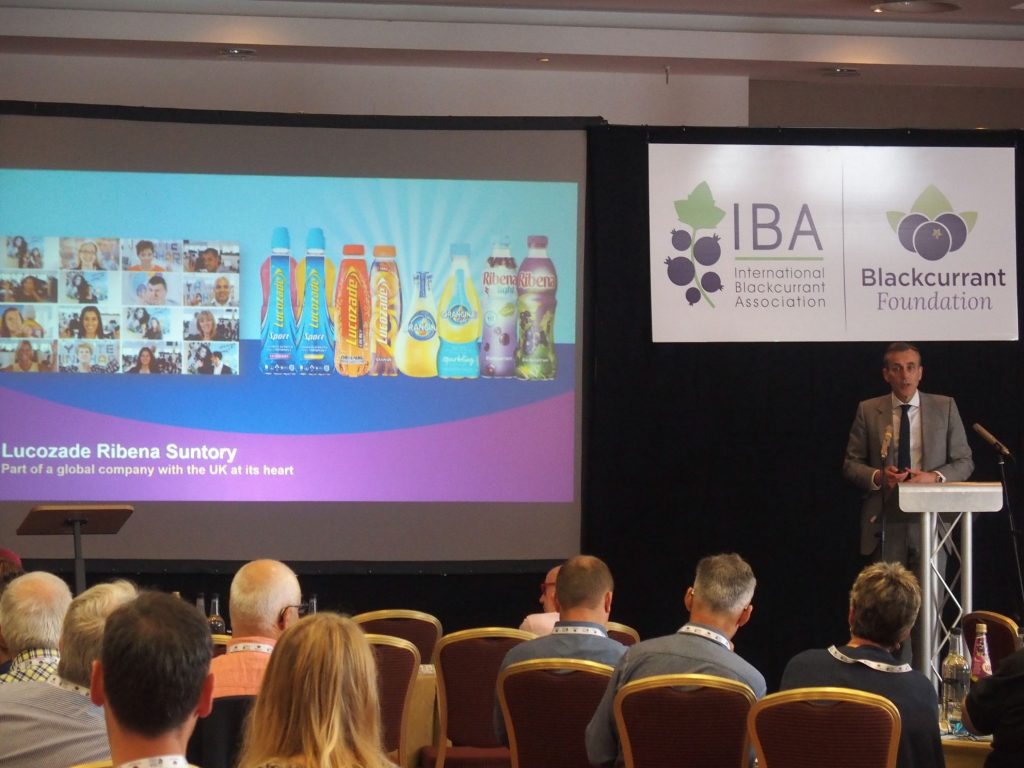
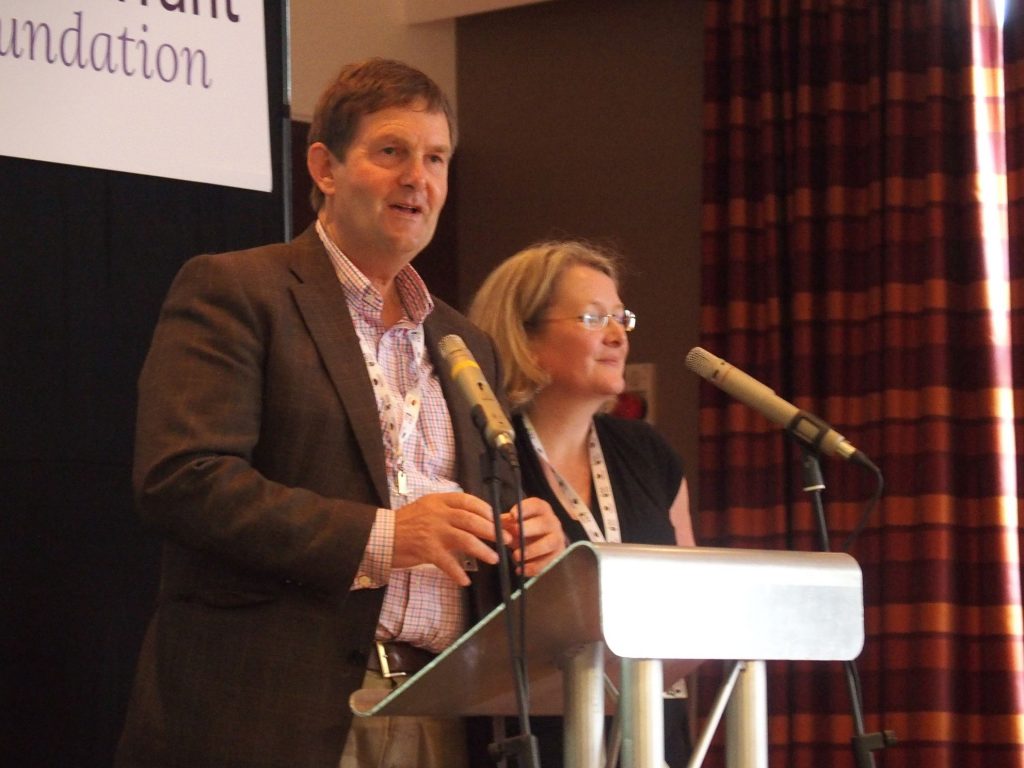
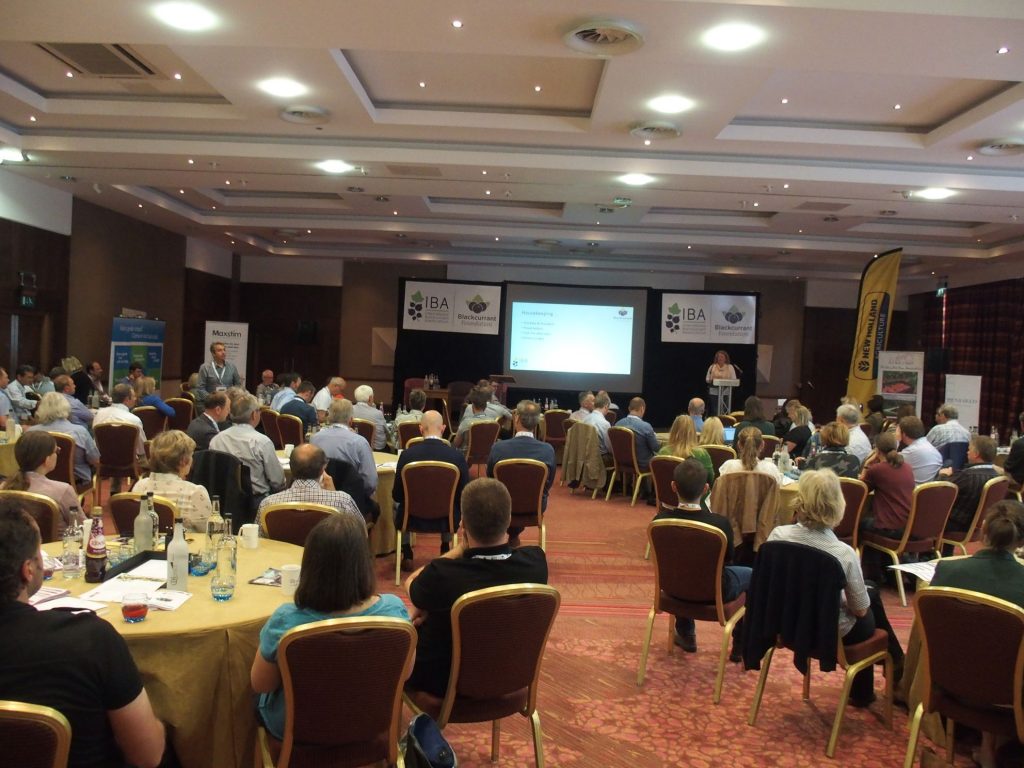
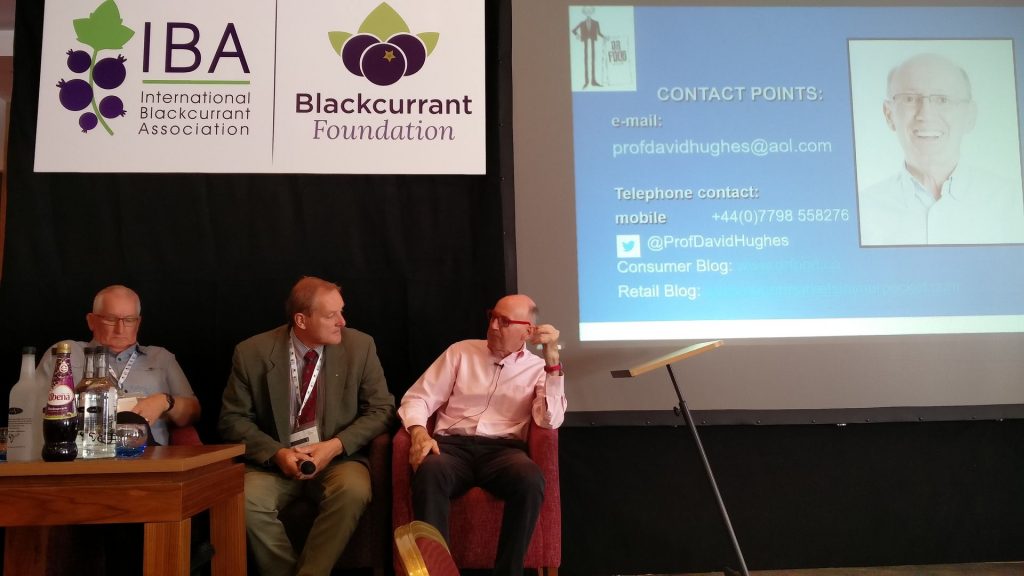 They gave place to discussions and will hopefully lead to nice developments in the future for blackcurrants.
They gave place to discussions and will hopefully lead to nice developments in the future for blackcurrants.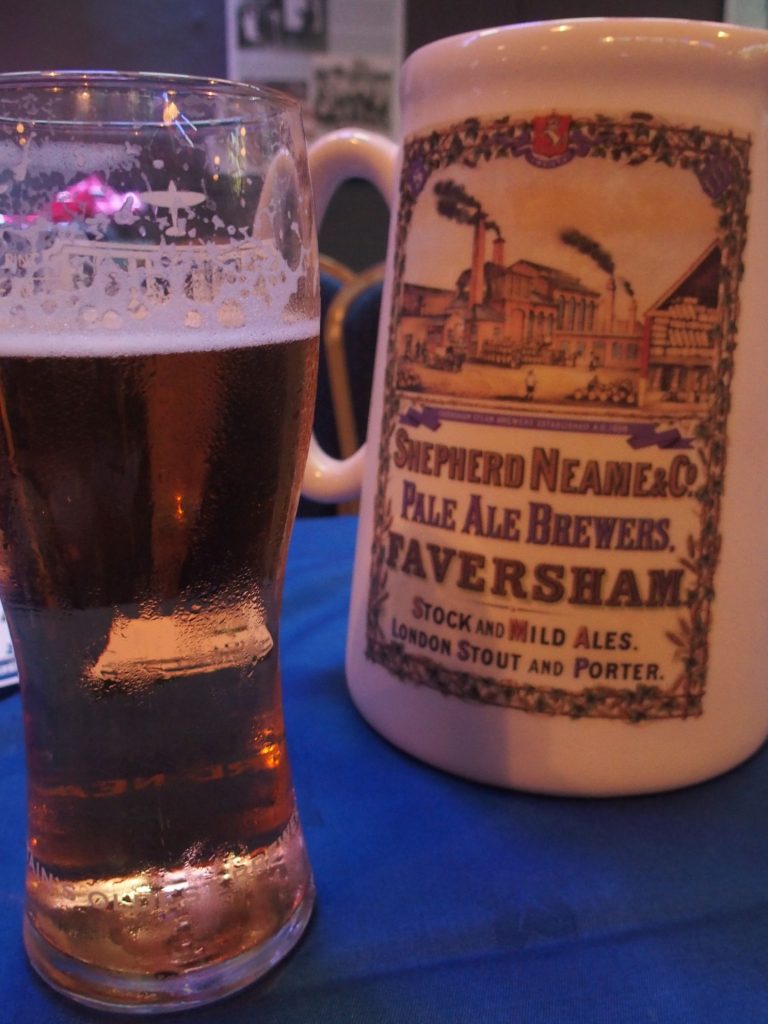
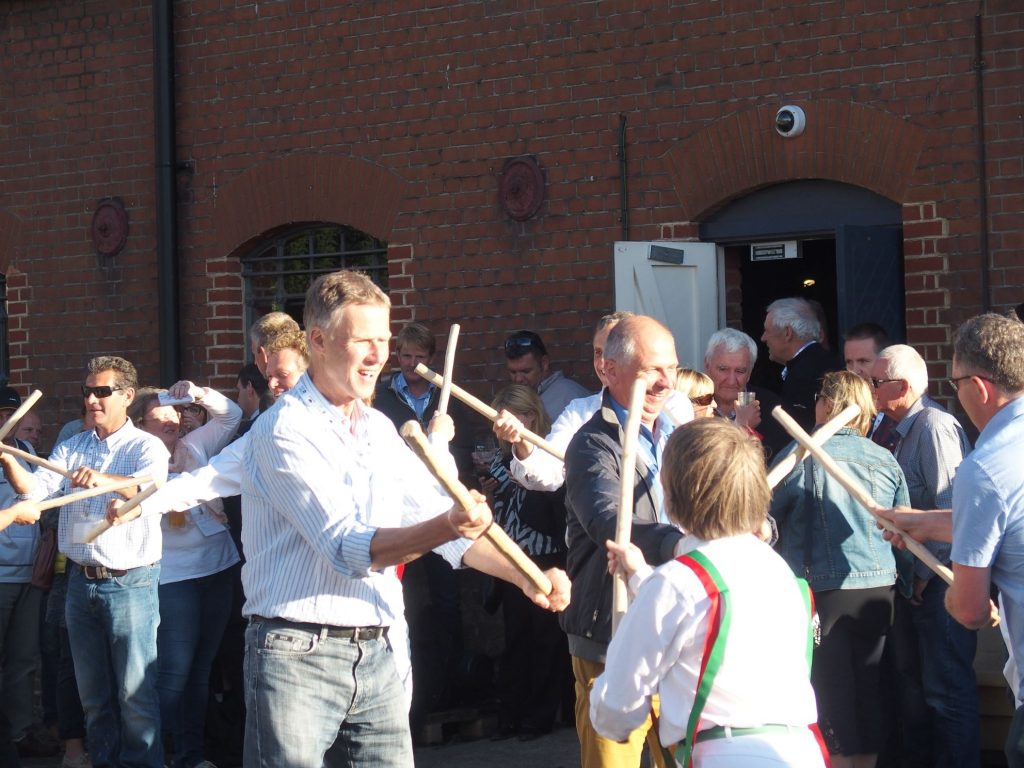
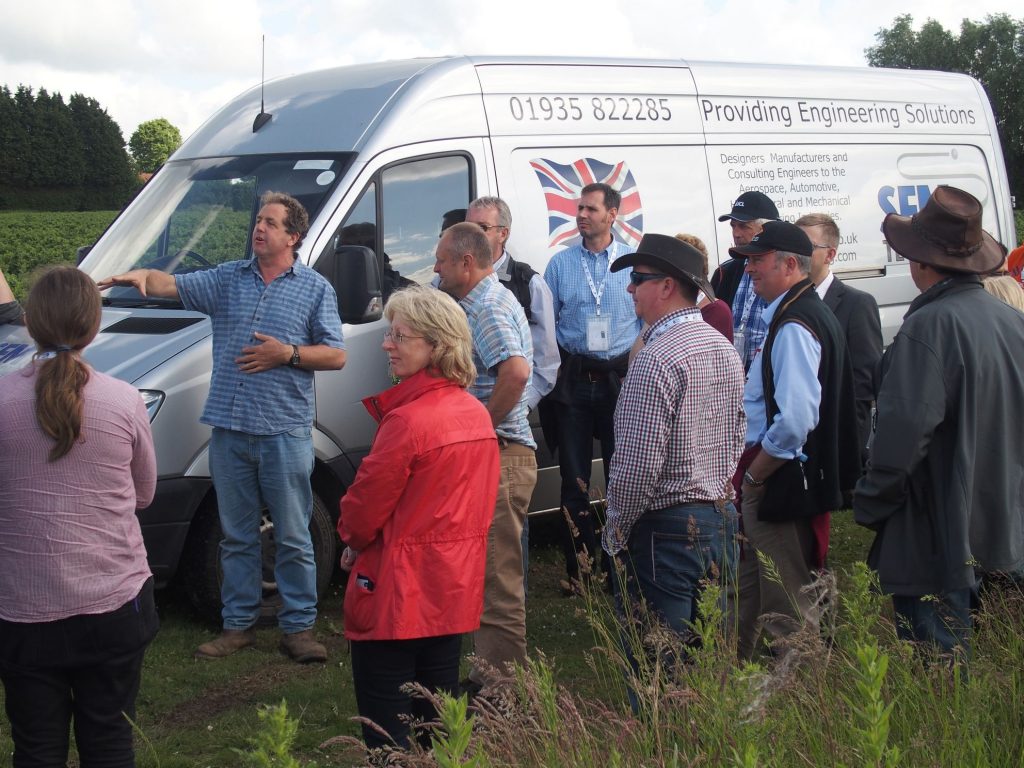
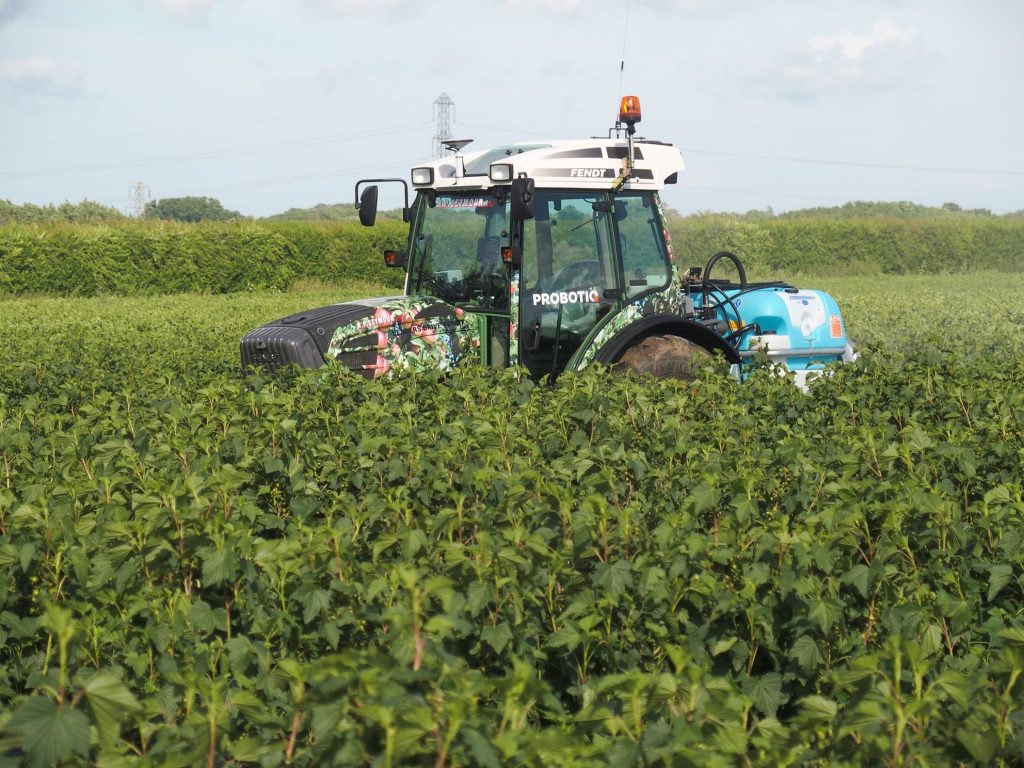
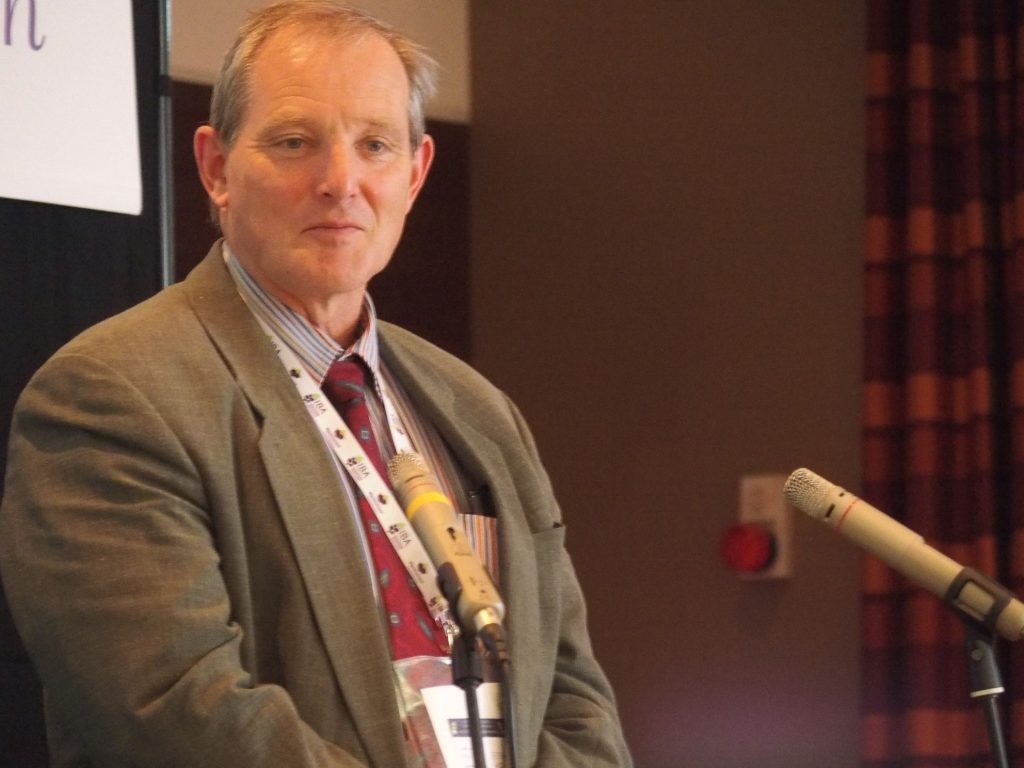
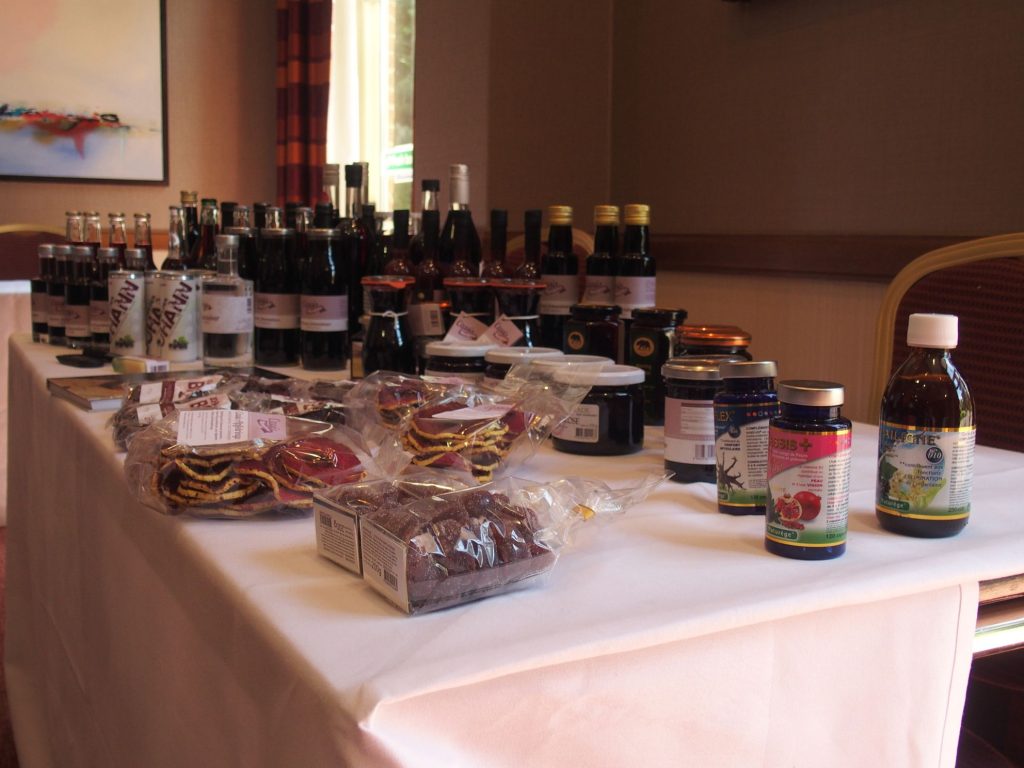
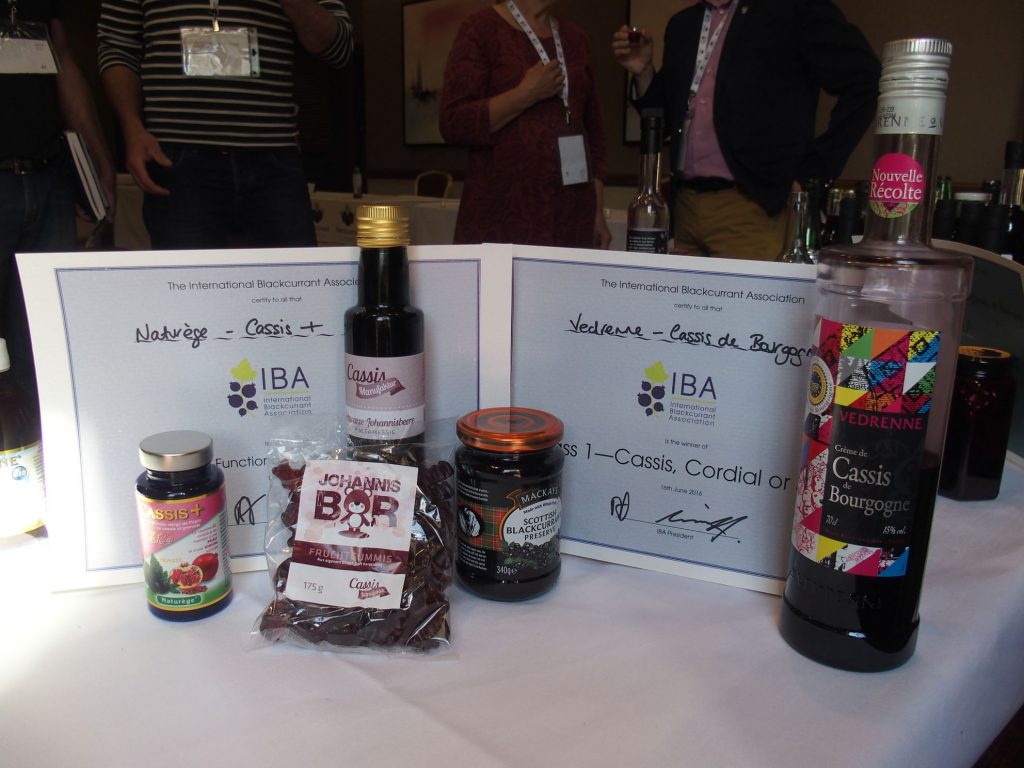
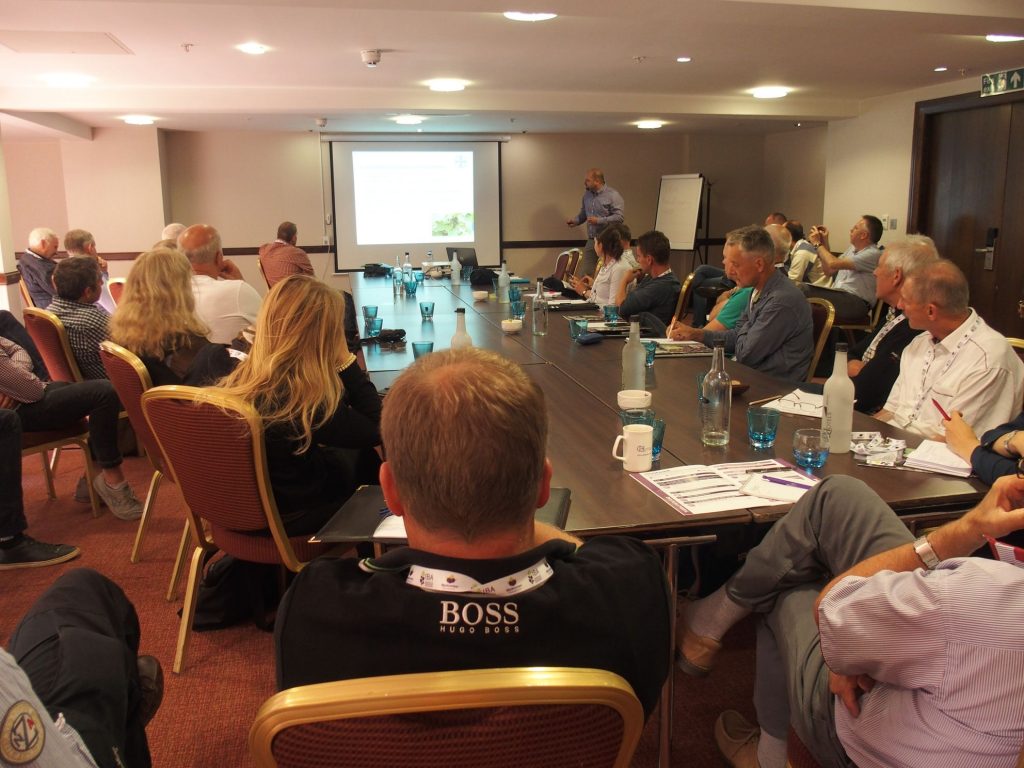
 Blackcurrant – best berry for life
Blackcurrant – best berry for life